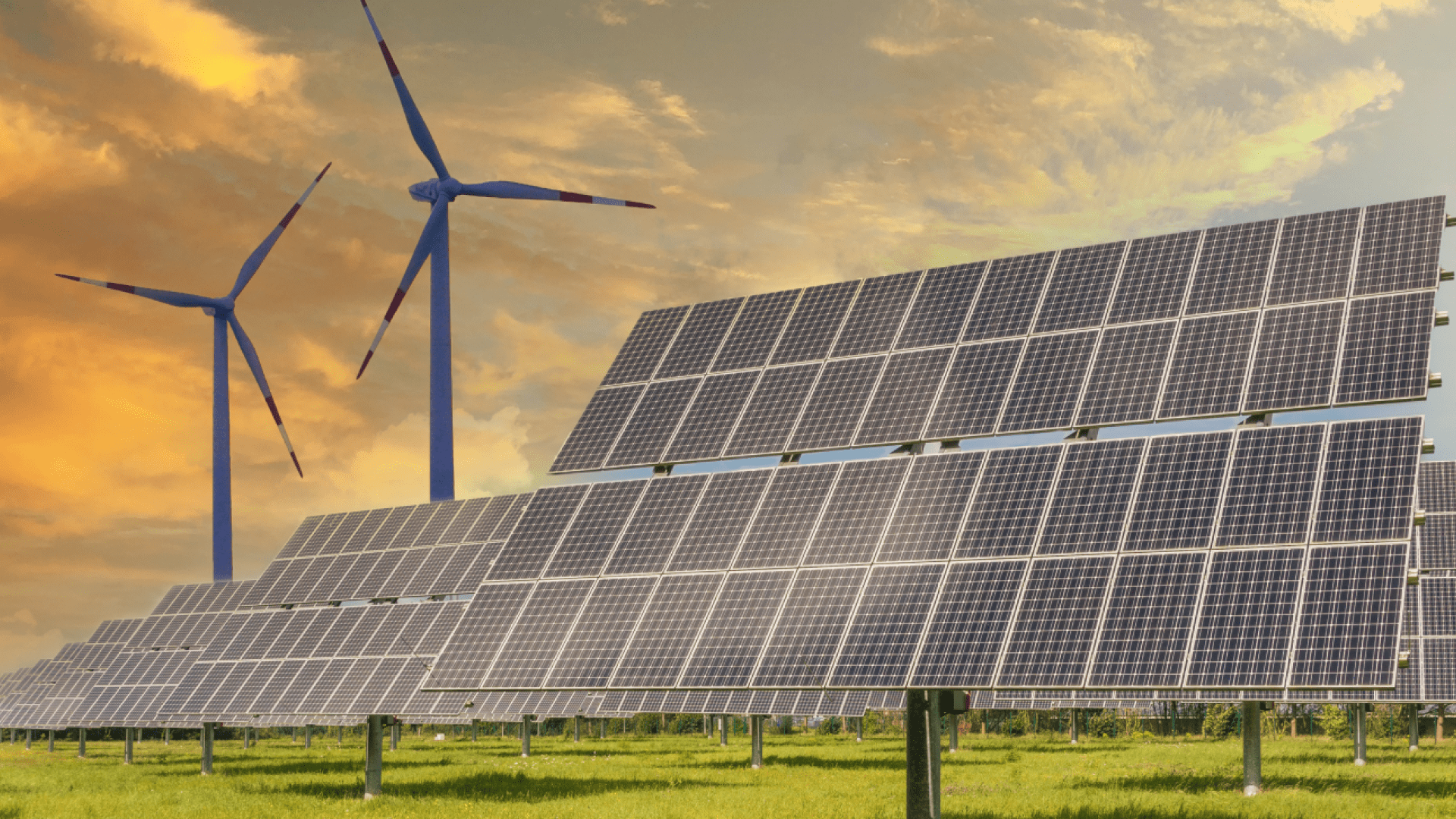Many countries have had a love-hate relationship with nuclear power for decades, and the sector is considered the “black sheep” of the alternative energy industry thanks to poor public perception and a series of high-profile disasters such as Chernobyl, Fukushima, and Three Mile Island, as well as the massive nuclear project.
There are currently 440 nuclear reactors in operation worldwide, producing approximately 10% of the world’s electricity, up from 15% at the peak of nuclear power in 1996.In the United States, 93 nuclear reactors produce about 20 percent of the nation’s electricity.
However, Russia’s war in Ukraine and the need for energy security are now forcing a major reorientation of energy systems around the world, and countries that previously strongly opposed nuclear energy, such as Germany and Japan, are now seriously considering increasing nuclear energy.
In addition, the global energy transition is in full swing, and many experts are realizing that the world needs more nuclear power to meet our climate goals. According to the International Energy Agency (IEA), the world must double its annual growth in nuclear capacity to reach the net zero goal in 2050.
In addition, nuclear power plants can be combined with renewable energy projects to be the nuclear power base with the highest power factor of any energy source: nuclear plants produce at peak capacity more than 93 percent of the time, compared to 57 percent for natural gas and 25 percent for solar energy.
Unfortunately, achieving this milestone is incredibly difficult due to the harsh realities of nuclear power projects. Consider that not only does it take an average of eight years to build a nuclear power plant, but the average time between decision and start-up is typically 10–19 years. In addition, it is further complicated by high trade barriers, particularly high initial capital costs and large cost overruns (nuclear power plant cost overruns are the most common of all utility projects).

Power to small modular nuclear reactors (SMRs).
SMRs are advanced nuclear reactors with unit capacities ranging from 50 to 300 MW(e), as opposed to 700 MW(e) for conventional nuclear power reactors.
Their main features are:
Modular: This allows SMR systems and components to be installed in the factory and transported as a unit to the installation site.
Small: SMRs are physically a fraction of the size of a conventional nuclear reactor.
Due to their smaller footprint, SMRs can be placed in locations unsuitable for larger nuclear power plants, such as retired coal plants. Prefabricated SMRs can be manufactured, shipped, and then installed on site, making them cheaper to build than large power reactors.
In addition, SMRs offer significant cost and construction time savings and can be phased in to meet increasing energy demand. Another major advantage: SMRs require less fuel and can be refueled every 3–7 years, compared to every 1-2 years for conventional nuclear power plants. In fact, some SMRs are designed to last up to 30 years without refueling.
Encouraging SMR development
Many governments, including the US government, have moved to encourage SMRs, making them more attractive to lenders and institutions.
“You just have to have some reliable base power, because you can’t get there with assets that work part of the time.
” A nuclear power plant is more expensive to start with, but it is an asset that will operate for 80 years. If you compare this to wind and solar, they typically have a life of 20 years, and batteries have a life of about eight years. “
When you compare renewables and batteries to nuclear, nuclear is doing very well,” said Jeff Merrifield, a partner at Pillsbury Winthrop Shaw Pittman and a former deputy commissioner for nuclear energy, at a recent US Nuclear Energy Virtual Press Conference. Merrifield pointed out the states of West Virginia, Idaho, and Wyoming for which SMR would be suitable, noting that they all lack nuclear power plants but have legislation that allows for the development of small modular reactors.
In 2020, the US Department of Commerce launched the Small Modular Reactor Task Force to accelerate the adoption of SMR in the European market with the aim of making American companies successful in that market. Meanwhile, Ghana and Kenya are also looking to develop SMRs to expand their power generation capacity.
But the private sector is equally active in the SMR arena.GE’s TerraPower and Hitachi Nuclear Energy launched Project Natrium in 2020 to design SMRs that they hope to commercialize by 2030. The partners are currently testing the technology with Berkshire Hathaway’s PacifiCorp. Sodium reactors are intended as backup power for wind and solar power projects.
NuScale, a subsidiary of the American multinational engineering and construction company Fluor, has drawn up plans to start building SMRs in Idaho starting in 2026. The company plans to combine 12 modules to produce 924megawatts, equivalent to the power of a large nuclear power plant.
Are SMRs the future of nuclear power?
Note that the big SMR wave hit around 2020, at the height of the COVID-19 pandemic, but well before Russia invaded Ukraine. Therefore, it is possible that the ongoing global energy crisis, climate concerns, and the significantly smaller footprint of SMR compared to conventional reactors will convince the public that this is the way to go.
However, studies like this one, which paints a dark picture of SMRs, if proven correct, could strike a chord and increase public opposition:
“Our results show that most small modular reactors actually increase the amount of nuclear waste that needs processing and disposal by two times, by factor of 2 to 30 .” “These findings stand in stark contrast to the cost and waste-reduction benefits that proponents have claimed for advanced nuclear technologies,” said study lead author Lindsay Krall, a former MacArthur Fellow at Stanford University.
Source: Oilprice





Leave a Reply